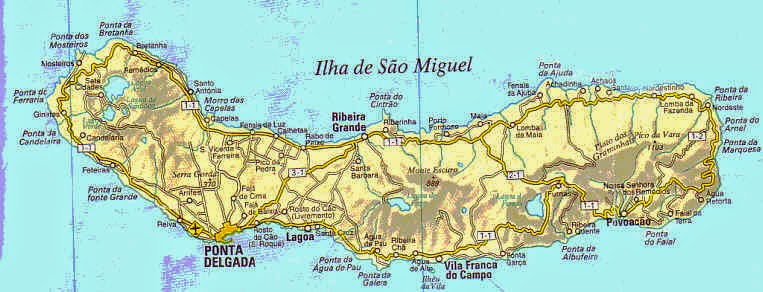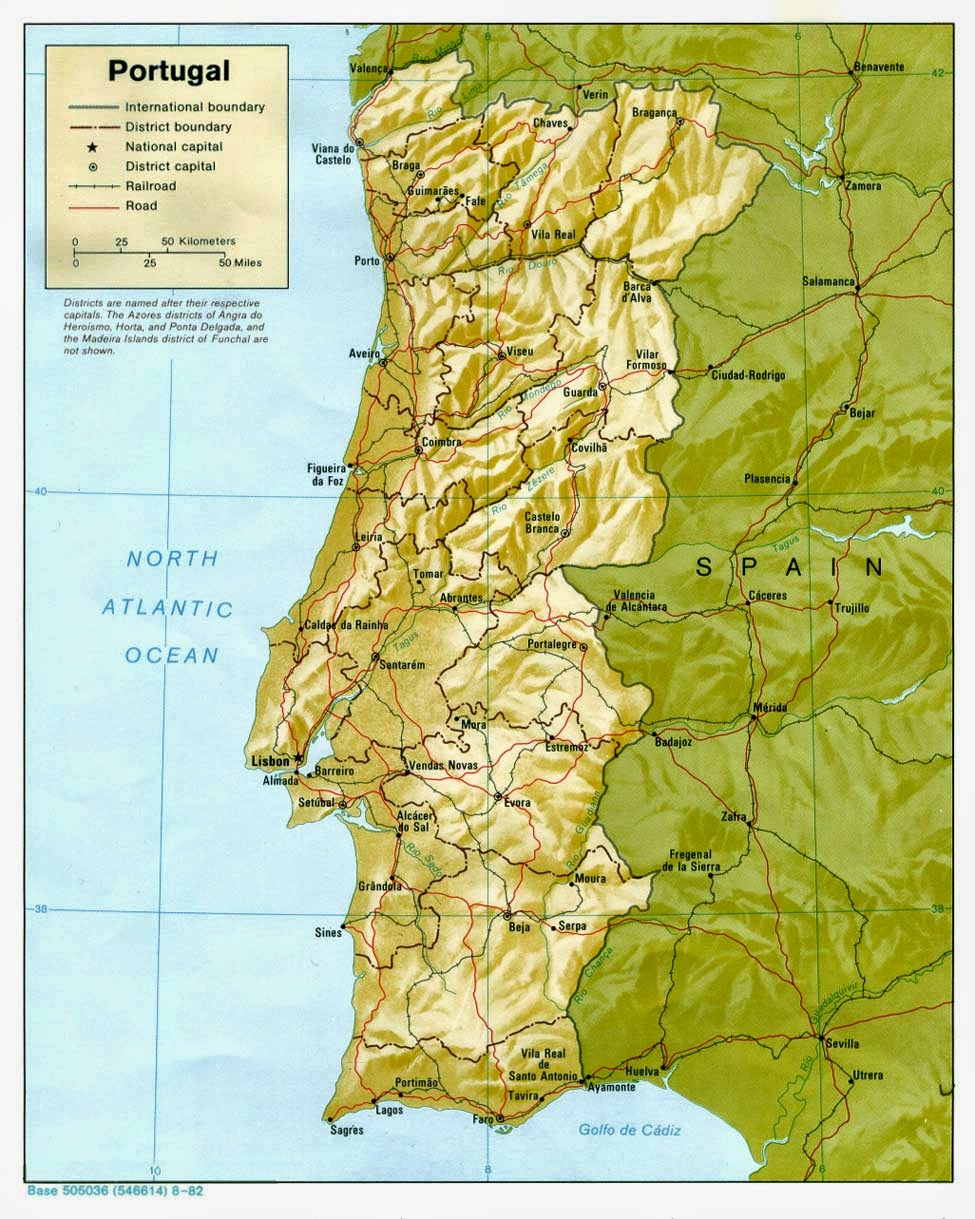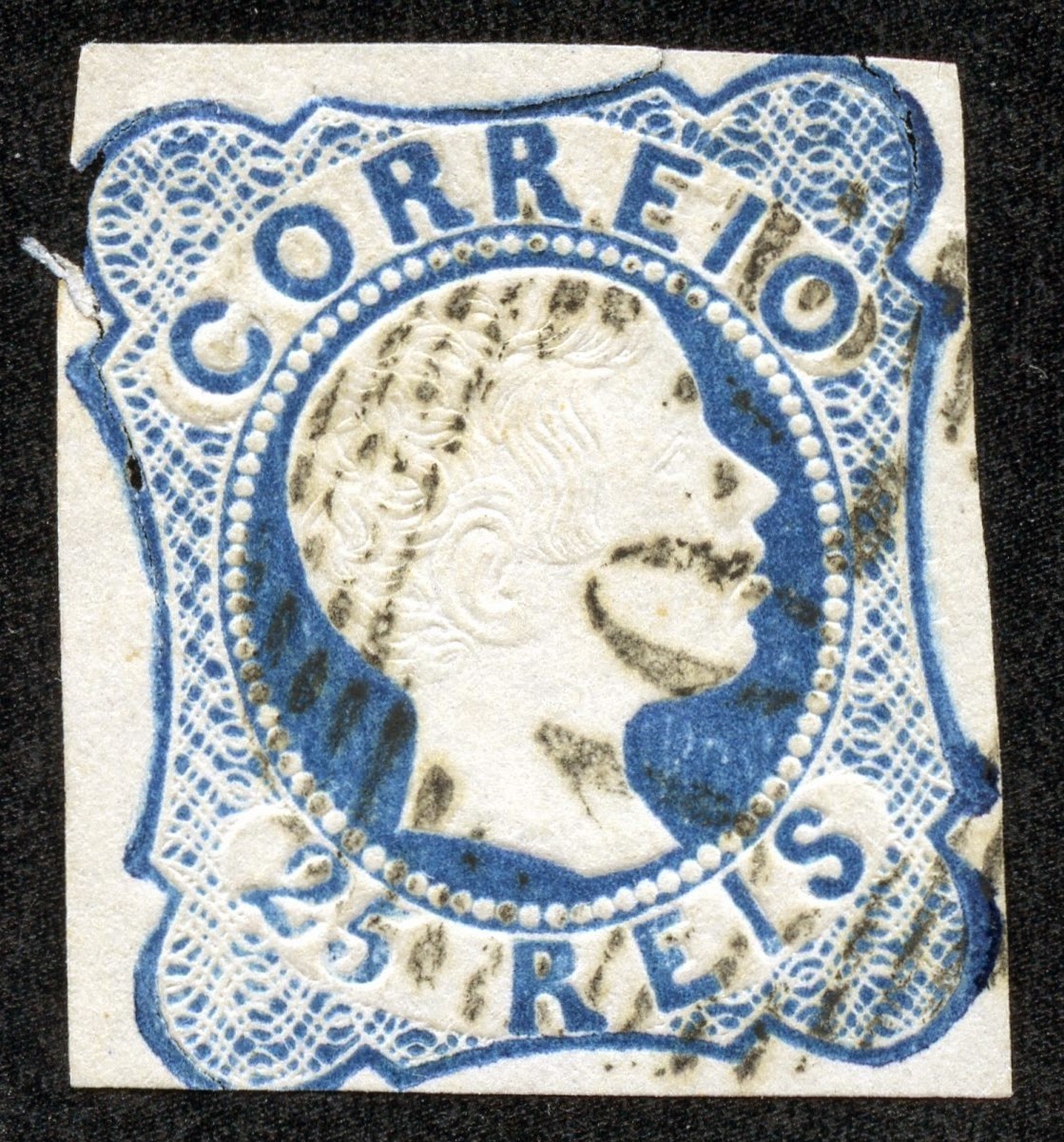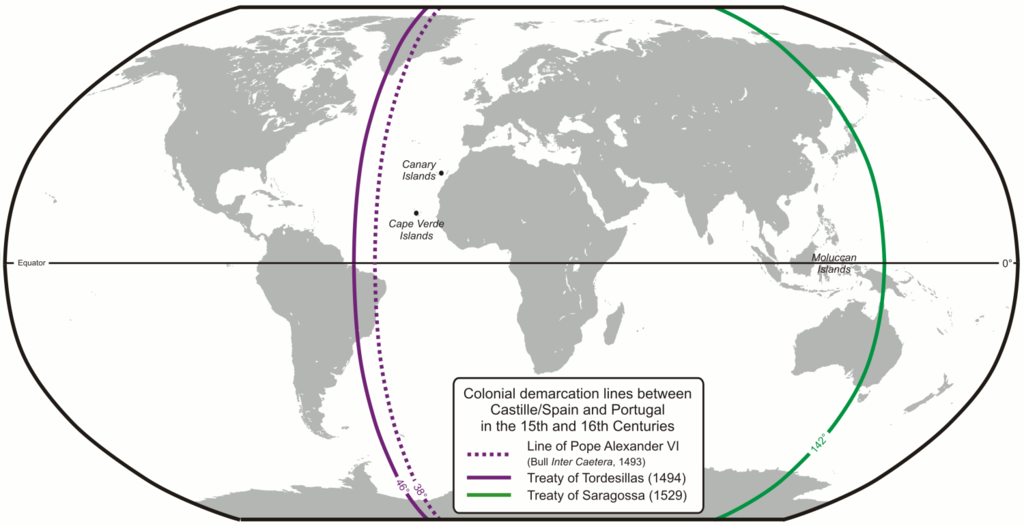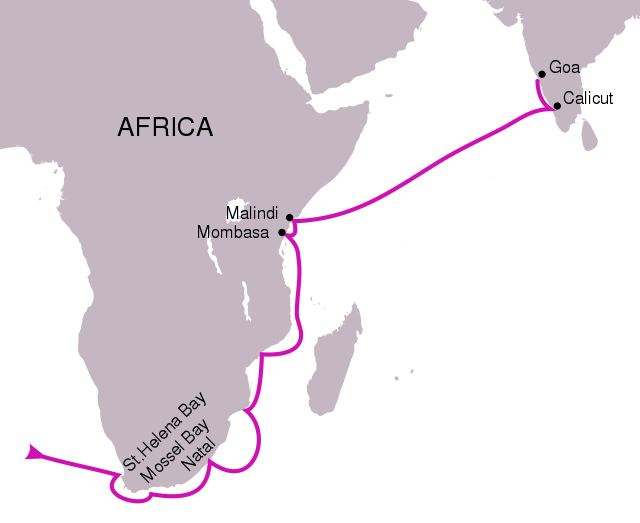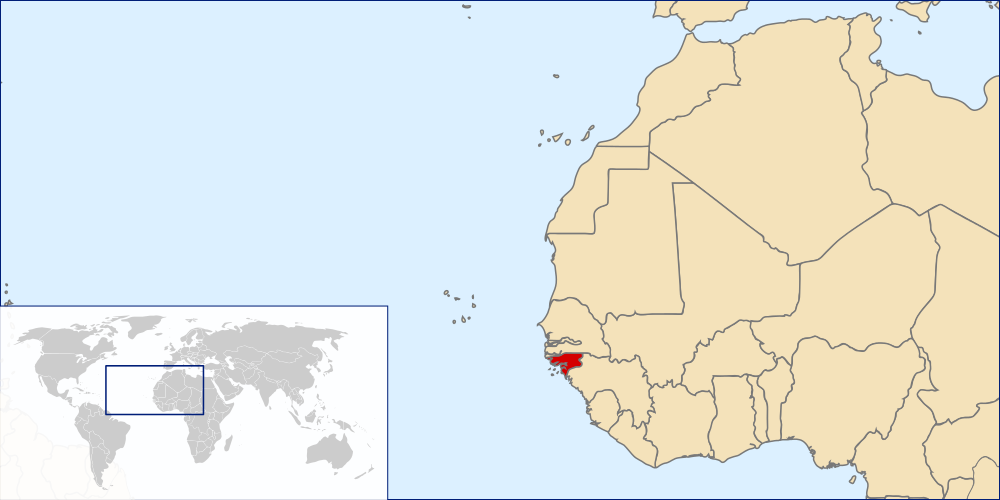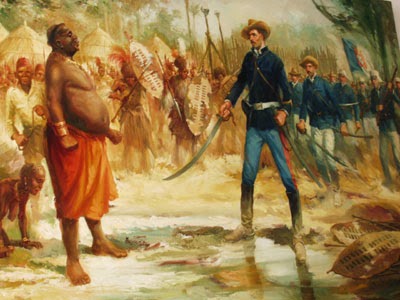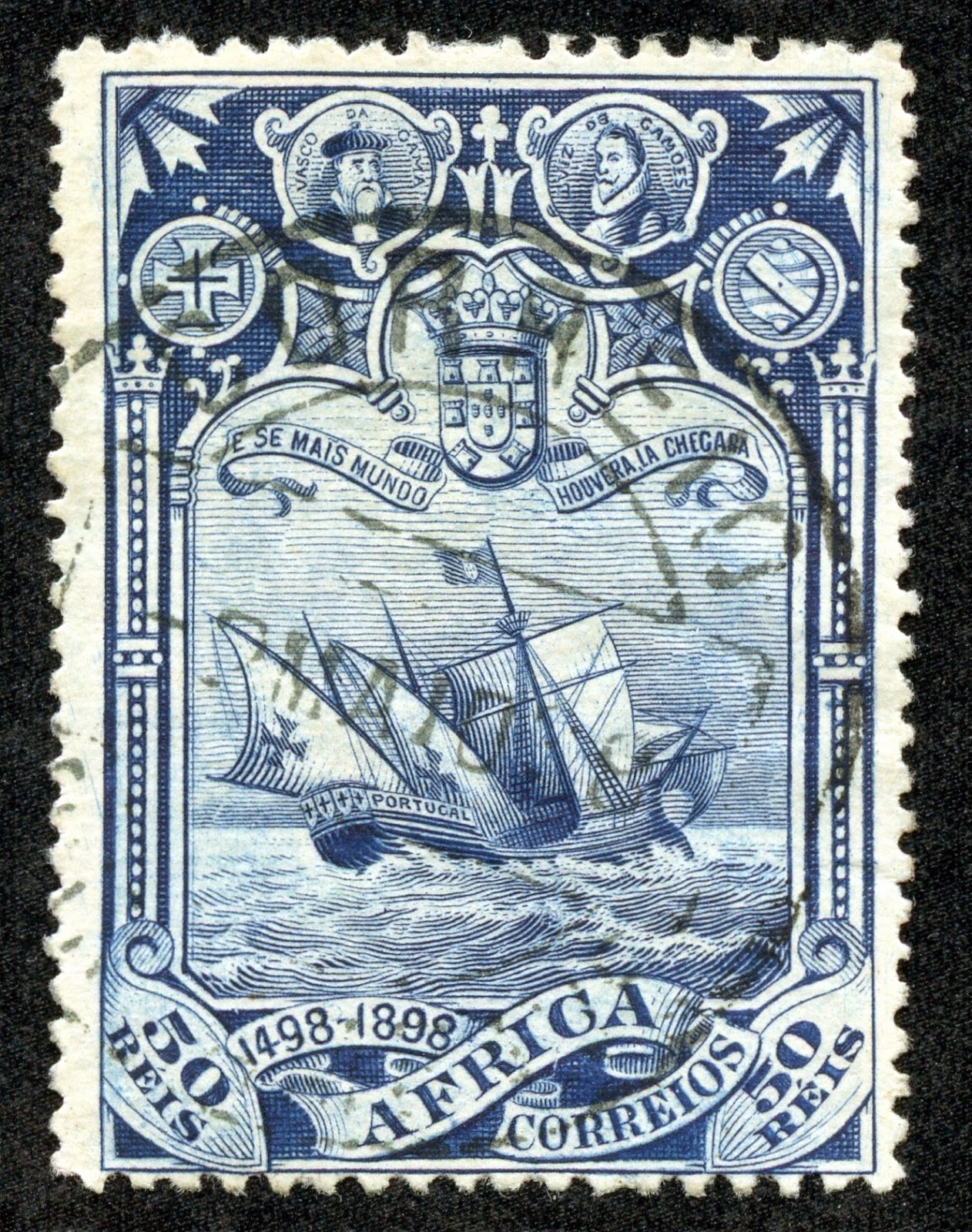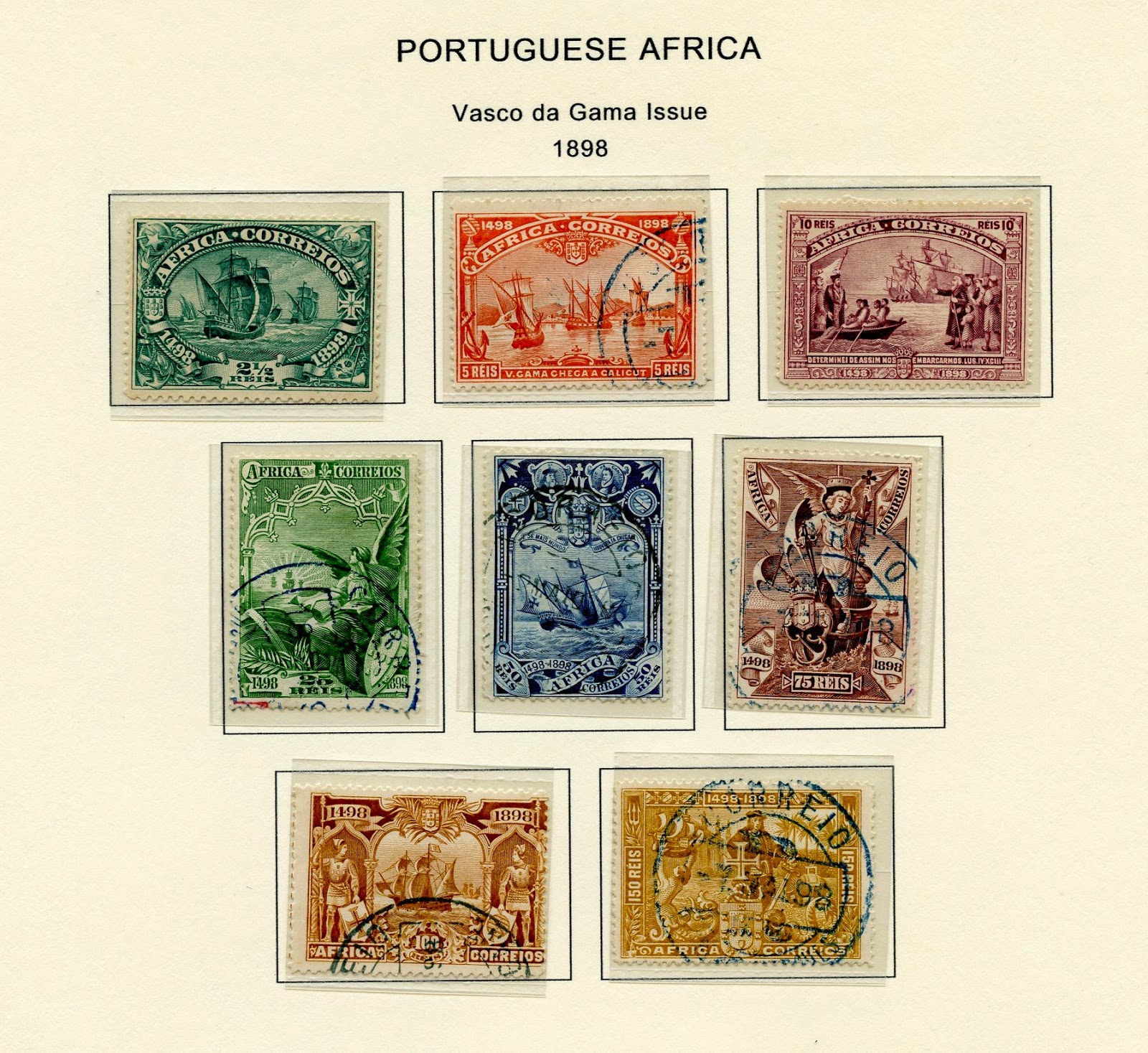1908 Austria Offices in Turkey 1 Piaster
Deep Blue on Blue
Into the Deep BlueThere might be some curiosity among readers about the status of my collections. And so here is the country numbers for both Deep Blue (Steiner), and my virtual Big Blue (which is also housed in the Steiner).
Recall that Deep Blue (Steiner) covers the 1840-1940+ era, with additional coverage of British Commonwealth countries to 1952 (George VI); Big Blue covers 1840-1940.
For each country, the total number of (major number) stamps in the Scott catalogue (Cat. Ct.), the filled spaces in Deep Blue (DB) (Steiner), the total spaces in Big Blue (BB), and the filled spaces in Big Blue are presented.
For general, and specific comments (indicated with an *), see the explanations below the statistical table.
Updated as of January 3, 2015 (This table will be updated from time to time)
Country……………/Cat. Ct./DB/Filled//Spaces/BB/Filled
Grand total…………./83,812/ 39,632// 34,951/ 26,087
United States………/1,500/DB/660//0723*/BB/0551
Total…………………../82,312/38,972//34,228/25,536
Aden-Ethiopia-BB-7295
Falkland Islands-Latvia-BB-6005
Lebanon- Quelimane-BB-6273
Reunion-Zululand-BB-5963
Aden…………………./100/DB/064/////019/BB/017
Afghanistan………../389/DB/051/////036/BB/018
Aguera…………….…/026/DB/011/////007/BB/004
Aitutaki..………...../031/DB/009/////022/BB/009
Alaouites…….……./073/DB/033/////030/BB/025
Albania………….…./403/DB/119/////113/BB/053
Alexandretta……./031/DB/009/////008/BB/008
Algeria……….……./191/DB/138/////115/BB/105
Allenstein….……./028/DB/028/////028/BB/028
Andorra…….……./149/DB/028/////038/BB/018
Angola…..….……./307/DB/120/////113/BB/096
Angra…….….……./035/DB/010/////007/BB/007
(Anjouan)….……./030/DB/004/////007/BB/004
(Annam & Tonkin)/006/DB/003/////000/BB/000
Antigua….….……./106/DB/039/////039/BB/032
Argentina….……./951/DB/582/////226/BB/226
Armenia….…..…./341/DB/063/////027/BB/026
Ascension….……./041/DB/020/////031/BB/011
Australia…………./335/DB/171/////090/BB/079
Austria….….……./917/DB/869/////755/BB/663
Azerbaijan.….…./098/DB/042/////010/BB/010
Azores….….….…./0340/DB/0137/////176/BB/113
(Baden)….………./025/DB/018/////007/BB/004
Bahamas….……./132/DB/057/////052/BB/033
Bahrain….…..…./091/DB/051/////017/BB/013
Barbados………./245/DB/112/////057/BB/055
Barbuda……….../011/DB/002/////005/BB/002
Basutoland……./050/DB/035/////021/BB/019
Batum………..…./065/DB/022/////012/BB/012
Bavaria…………./361/DB/285/////289/BB/263
Bechuanaland./153/DB/051/////036/BB/027
Belgium………../971/DB/762////549/BB/519
Benin……………./049/DB/002/////007/BB/002
(Bergedorf)…../005/DB/005/////003/BB/003
Bermuda..……./147/DB/078/////060/BB/050
Bolivia……….…./361/DB/289/////164/BB/164
Bosnia & Herzegovina/193/DB/171//152/BB/150
Brazil……………./669/DB/467/////274/BB/270
British Central Africa/073/DB/001///007/BB/001
British East Africa/096/DB/005///008/BB/005
British Guiana./276/DB/056/////048/BB/035
British Honduras/155/DB/051////063/BB/043
British Solomon Islands/092/DB/023//034/BB/016
Brunei…………../057/DB/018/////024/BB/012
Bulgaria………../490/DB/376/////315/BB/280
(Bremen)………/015/DB/000/////003/BB/000
(Brunswick).…./025/DB/007/////006/BB/004
Burma……..…./140/DB/104/////026/BB/013
Cameroun……./355/DB/098/////117/BB/076
Canada…….../417/DB/299/////212/BB/210
Canal Zone..…./183/DB/077/////104/BB/054
Cape Juby….…./140/DB/012/////068/BB/010
Cape of Good Hope/068/DB/029///030/BB/023
Cape Verde…../287/DB/091/////121/BB/066
(Carinthia)*…../-----/DB/-----/////-----/BB/-----
Caroline Islands/023/DB/010/////007/BB/006
Castellorizo.…./085/DB/010/////020/BB/006
Cayman Islands/139/DB/037/////051/BB/025
Central Lithuania/053/DB/052/////043/BB/025
Ceylon……………/310/DB/136/////078/BB/068
Chad………………/085/DB/031/////059/BB/026
Chile………………/366/DB/206/////166/BB/166
China*……….…/909/DB/171/////214/BB/114
(China-Offices Abroad*)/?00/DB/?00//031/BB/000
(Cilicia)……….…/145/DB/030/////0016/BB/014
Cochin China…/005/DB/001/////004/BB/001
Colombia………/450/DB/258/////206/BB/171
(Colombia States)/414/DB/102///203*/BB/086
(Confederate States)/014/DB/001//006/BB/001
Congo, Belgian./266/DB/101/////138/BB/092
Cook Islands…./115/DB/019/////037/BB/008
Corfu………….…/014/DB/000/////006/BB/000
Costa Rica…..…/384/DB/201/////154/BB/153
Crete………….…/144/DB/035/////065/BB/034
Cuba………….…/462/DB/323/////234/BB/224
Cyprus…………/150/DB/069/////065/BB/048
Cyrenaica……/137/DB/017/////093/BB/015
Czechoslovakia*/620/DB/511///336/BB/323
Dahomey……/143/DB/084/////084/BB/075
(Dalmatia).…/014/DB/001/////005/BB/001
Danish West Indies/066/DB/041///037/BB/037
Danzig……..…/431/DB/319/////260/BB/245
Denmark……/399/DB/322/////206/BB/202
Diego Suarez/063/DB/002/////008/BB/002
Dominica……/112/DB/045/////048/BB/035
Dominican Republic/474/DB/225///222/BB/181
Dutch Indies./361/DB/258/////174/BB/161
East Africa & Uganda/071/DB/012///019/BB/012
(Eastern Rumelia)/040/DB/004////007/BB/004
(Eastern Silesia)/061/DB/046/////028/BB/024
Ecuador……/773/DB/384/////279/BB/256
Egypt………./390/DB/291/////198/BB/188
Elobey, Ann. & Cors./060/DB/013///007/BB/004
Epirus……../068/DB/016/////020/BB/014
Eritrea……./313/DB/101/////181/BB/092
Estonia……./197/DB/159/////114/BB/108
Ethiopia.…./323/DB/121/////078/BB/062
Falkland Islands/142/DB/066////037/BB/021
Far Eastern Republic/065/DB/014///008/BB/001
Fernando Po./176/DB/011/////023/BB/008
Fiji.…………../164/DB/051/////058/BB/032
Finland.…../281/DB/210/////160/BB/152
Fiume.……./262/DB/147/////070/BB/064
France*.…./1932/DB/658/////752/BB/520
French Colonies/080/DB/037///020/BB/018
French Congo/052/DB/009////018/BB/008
French Equatorial Africa/167/DB/081///063/BB/050
French Guiana/208/DB/103/////125/BB/083
French Guinea/212/DB/109/////139/BB/102
French India/141/DB/044/////084/BB/042
French Morocco*/300/DB/176///196- Listed in France/BB/140
French Polynesia/154/DB/083////084/BB/079
French Sudan/147/DB/044/////107/BB/044
Funchal.../034/DB/011/////014/BB/009
Gabon.…./183/DB/036/////111/BB/035
Gambia.../146/DB/066/////041/BB/033
Georgia.../036/DB/028/////028/BB/022
German East Africa/100/DB/028///033/BB/022
German New Guinea/023/DB/005///014/BB/004
German SW Africa/034/DB/006/////013/BB/005
Germany: North German Conf./035/DB/019//014/BB/012
Germany*../1101/DB/844/////762/BB/691
Gibraltar../135/DB/045/////040/BB/032
Gilbert & Ellice Is./065/DB/025////028/BB/021
Gold Coast../154/DB/076/////061/BB/054
Grand Comoro/029/DB/013/////017/BB/013
Great Britain/911/DB/374/////276/BB/185
Greece…..../812/DB/383/////281/BB/244
Greenland./020/DB/008/////007/BB/007
Grenada…./189/DB/062/////057/BB/043
(Griqualand West)/102/DB/003//000/BB/000
Guadeloupe/201/DB/093/////124/BB/082
Guam…..../014/DB/001/////005/BB/001
Guatemala/454/DB/293/////291/BB/234
Haiti…….../339/DB/214/////188/BB/180
(Hamburg)./022/DB/005/////007/BB/005
(Hanover)../025/DB/009/////007/BB/007
Hatay…...../050/DB/031/////013/BB/013
Hawaii….../091/DB/043/////033/BB/031
Hejaz (Saudi Arabia)*/453/DB/057//026/BB/015
(Heligoland)/026/DB/007/////007/BB/004
Honduras../579/DB/254/////211/BB/184
Hong Kong./214/DB/121/////075/BB/067
Horta…...../034/DB/012/////007/BB/007
Hungary*../1427/DB/917/////620/BB/534
Iceland….../327/DB/167/////161/BB/119
India*……./2958/DB/837/////244/BB/190
Indo-China/365/DB/223/////198/BB/165
Inhambane/101/DB/015/////037/BB/012
Inini……….../058/DB/019/////048/BB/019
(Ionian Islands)/003/DB/001////001/BB/001
Iraq……….../167/DB/057/////054/BB/034
Ireland…..../133/DB/081/////034/BB/031
Italian Colonies/087/DB/012////054/BB/011
Italian East Africa/054/DB/027///039/BB/025
Italy………../1554/DB/460/////617/BB/380
Ivory Coast/194/DB/057////128/BB/057
Jamaica….../170/DB/144/////078/BB/078
Japan………./388/DB/248/////230/BB/204
Jordan……../271/DB/051/////038/BB/013
Jugoslavia../583/DB/327/////341/BB/245
Karelia……../015/DB/015/////006/BB/006
Kenya Uganda/108/DB/049////050/BB/033
Kiauchau…./042/DB/009/////008/BB/007
Kionga……../004/DB/003/////004/BB/003
Korea…….../055/DB/015/////026/BB/014
Kuwait……../199/DB/009/////024/BB/004
Labuan……./135/DB/064/////059/BB/044
Lagos…….../059/DB/014/////014/BB/010
Latakia……./035/DB/013/////025/BB/012
Latvia…….../400/DB/238/////150/BB/131
Lebanon…./294/DB/070/////083/BB/041
Leeward islands/116/DB/043///044/BB/032
Liberia……../521/DB/445/////144/BB/139
Libya………../266/DB/045/////190/BB/035
Liechtenstein/249/DB/094////127/BB/071
Lithuania…/495/DB/234/////163/BB/113
Lourenco Marques/176/DB/054///046/BB/026
(Lubeck)…./014/DB/006/////005/BB/002
Luxembourg/582/DB/252////268/BB/152
Macao….…/372/DB/078/////148/BB/073
Madagascar/265/DB/108////144/BB/099
Madeira…./068/DB/019/////025/BB/015
Malaya*…/1314/DB/212/////257/BB/117
Maldives Is/030/DB/007/////013/BB/005
Malta……../263/DB/162/////069/BB/064
Manchukuo*/167/DB/100////069/BB/043
Mariana Is/027/DB/007/////013/BB/007
Marienwerder/042/DB/014////012/BB/006
Marshall Is/027/DB/013/////013/BB/011
Martinique./217/DB/115/////098/BB/081
Mauritania./145/DB/080/////081/BB/057
Mauritius…./261/DB/109/////081/BB/063
Mayotte…../031/DB/010/////016/BB/010
(Meckln. Schwerin)/008/DB/001///002/BB/001
(Meckln. Strelitz)/006/DB/002////003/BB/000
Memel……../237/DB/170/////051/BB/043
Mesopotamia/075/DB/014////009/BB/007
Mexico……../1299/DB/603/////369/BB/334
Middle Congo/123/DB/045/////097/BB/039
(Modena)…./019/DB/001/////005/BB/001
Moheli……../021/DB/007/////008/BB/006
Monaco….../272/DB/137/////143/BB/109
Mongolia…./057/DB/011/////021/BB/010
Montenegro/145/DB/110/////115/BB/102
Montserrat./130/DB/033/////043/BB/018
Mozambique/430/DB/196////137/BB/100
Mozambique Co./275/DB/185///122/BB/111
Natal………./132/DB/026/////025/BB/018
Nauru……./038/DB/030/////022/BB/022
Nepal……../043/DB/020/////014/BB/013
Netherlands/506/DB/439/////307/BB/299
Neth. Antilles/187/DB/070////073/BB/044
Nevis……../033/DB/004/////004/BB/002
New Brunswick/011/DB/006////006/BB/006
New Caledonia/266/DB/087////125/BB/060
Newfoundland/285/DB/255/////153/BB/151
New Guinea/140/DB/027/////068/BB/024
New Hebrides/164/DB/056/////047/BB/024
New South Wales/198/DB/038///052/BB/027
New Zealand*/505/DB/203/////147/BB/098
Nicaragua/1715/DB/1048////569/BB/504
Niger……../120/DB/076/////102/BB/076
Niger Coast Prot/064/DB/007////006/BB/002
Nigeria…../075/DB/047/////038/BB/030
Niue…….../103/DB/016/////030/BB/011
North Borneo/409/DB/130////127/BB/087
North Ingermanland/014/DB/011///009/BB/008
North West Pacific Is/149/DB/013///007/BB/005
Northern Nigeria/051/DB/011////019/BB/009
Northern Rhodesia/057/DB/032////033/BB/021
Norway..../290/DB/232/////183/BB/151
Nossi Be…/057/DB/007/////007/BB/003
Nova Scotia/013/DB/005/////005/BB/005
Nyasaland Prot./103/DB/046///036/BB/018
Nyassa……/141/DB/084/////085/BB/068
Obock……./083/DB/010/////012/BB/003
(Oldenburg)/024/DB/004/////003/BB/003
Oltre Giuba/066/DB/020/////035/BB/020
Orange R. Colony/077/DB/025////031/BB/020
Pakistan*…/032/DB/023//////000/BB/000
Palestine.../093/DB/049/////061/BB/038
Panama..../383/DB/159/////152/BB/109
Papua......./126/DB/038/////065/BB/031
Paraguay../584/DB/445/////357/BB/307
(Parma)..../015/DB/002/////002/BB/000
Penrhyn Island/030/DB/013///019/BB/010
Persia......./784/DB/382/////412/BB/301
Peru………./629/DB/328////314/BB/256
Philippine Is/564/DB/344////217/BB/193
Poland....../683/DB/423/////355/BB/296
Ponta Delgada/034/DB/012///016/BB/009
Portugal..../1031/DB/554////465/BB/409
Port. Africa/011/DB/010/////005/BB/005
Port. Congo/137/DB/036/////035/BB/021
Port. Guinea/309/DB/071////146/BB/057
Port. India../501/DB/061/////155/BB/061
Prince Edward Is/016/DB/013///009/BB/009
Prussia*...../026/DB/014/////006/BB/005
Puerto Rico/195/DB/055////121/BB/54
Queensland/164/DB/029////034/BB/021
Quelimane./040/DB/008/////020/BB/008
Reunion..../217/DB/095/////135/BB/080
Rhodesia../143/DB/049/////053/BB/037
Rid de Oro/149/DB/035/////024/BB/013
(Romagna)/009/DB/002/////003/BB/001
Romania.../931/DB/686/////530/BB/461
Roman States/025/DB/017////006/BB/006
Rouad....../016/DB/006/////008/BB/006
Ruanda-Urundi/071/DB/020////031/BB/015
Russia….../1415/DB/748////617/BB/525
Saar…….../237/DB/164/////133/BB/119
St. Christopher/029/DB/007////005/BB/004
St. Helena./143/DB/068/////045/BB/041
St. Kitts-Nevis/111/DB/036////043/BB/025
St. Lucia..../167/DB/058/////056/BB/039
St. Pierre & Miquelon/260/DB/105//162/BB/096
St. Thomas & Prince Is/423/DB/045///140/BB/042
St. Vincent../191/DB/061/////044/BB/031
Ste. Marie de Madag./013/DB/002///006/BB/002
Salvador..../1166/DB/734////582/BB/514
Samoa…..../173/DB/082/////070/BB/060
San Marino/345/DB/109/////146/BB/082
Sarawak…../215/DB/063/////050/BB/027
Sardinia….../017/DB/006/////007/BB/006
(Saseno)…../008/DB/002/////006/BB/002
Saudi Arabia*/----/DB/-----////-----/BB/00*
Saxony…..../020/DB/009/////008/BB/007
Schleswig../042/DB/012/////021/BB/012
(Schleswig-Holstein*)/025/DB/001///000/BB/00
Senegal…../250/DB/112/////165/BB/103
Senegambia & Niger/013/DB/004///008/BB/004
Serbia…..../224/DB/103/////104/BB/084
Seychelles/175/DB/023/////066/BB/021
Shanghai../183/DB/015/////031/BB/016
(Siberia)…../100/DB/007/////006*/BB/000
Sierra Leone/194/DB/045////059/BB/030
Somalia…../355/DB/032/////156/BB/031
Somali Coast/210/DB/130/////130/BB/104
Somaliland Prot./142/DB/016///030/BB/009
South Africa /237/DB/164////084/BB/044
South Australia/243/DB/030////032/BB/015
Southern Nigeria/056/DB/008///014/BB/006
Southern Rhodesia/078/DB/041///051/BB/029
South Russia/055/DB/020////010/BB/009
South West Africa/217/DB/074////103/BB/042
Spain…….../1171/DB/559////567/BB/433
Spanish Guinea/319/DB/056////104/BB/035
Spanish Morocco/251/DB/038////134/BB/035
Spanish Sahara/047/DB/001/////043/BB/001
Straits Settlements /310/DB/121////092/BB/082
Sudan…..../180/DB/066/////061/BB/040
Surinam…./243/DB/063/////155/BB/056
Swaziland./055/DB/030/////024/BB/015
Sweden…../426/DB/344/////211/BB/211
Switzerland/637/DB/395/////321/BB/308
Syria……..../524/DB/199/////141/BB/093
Tahiti……../065/DB/001/////003/BB/001
Tanganyika/044/DB/018/////020/BB/016
Tannu Tuva/141/DB/062/////020/BB/017
Tasmania…/123*/DB/018////027/BB/ 011
Tete……….../040/DB/006/////021/BB/ 006
Thailand (Siam)/286/DB/091////118/BB/ 076
Thrace……../131/DB/025/////022/BB/ 013
Thurn and Taxis/054/DB/029///015/BB/015
Tibet……..../018/DB/008/////010/BB/ 008
Timor…….../296/DB/024/////143/BB/ 024
Tobago….../031/DB/001/////005/BB/ 001
Togo……..../226/DB/072/////109/BB/ 062
Tonga……../109/DB/024/////027/BB/ 012
Transcaucasian F.R./031/DB/007///004/BB/ 001
Transvaal../293/DB/059/////052/BB/ 044
Trinidad…./134/DB/027/////026/BB/ 020
Trinidad & Tobago/108/DB/068///038/BB/ 036
Tripolitania/192/DB/030/////119/BB/ 029
Tunisia……./336/DB/230/////151/BB/ 133
Turkey….../1303/DB/523////394/BB/ 317
Turkey in Asia/108/DB/022////012/BB/ 012
Turks Islands/058/DB/002/////007/BB/ 001
Turks & Caico Is./130/DB/065////051/BB/ 037
(Tuscany)../024/DB/004/////002/BB/ 000
(Two Sicilies)/027/DB/002/////006/BB/ 001
Ubangi….../109/DB/031/////079/BB/ 029
Uganda…../076/DB/000/////010/BB/ 000
Ukrainia…./111/DB/039/////030/BB/ 030
Upper Senegal & Niger/050/DB/007//040/BB/ 007
Upper Silesia/090/DB/047/////036/BB/ 028
Upper Volta/089/DB/024/////075/BB/ 024
Uruguay…../843/DB/369/////298/BB/ 217
Vatican City/109/DB/070/////091/BB/ 065
Venezuela../511/DB/386/////251/BB/ 243
Victoria……./260/DB/065/////060/BB/ 046
Virgin Islands/113/DB/036////046/BB/ 028
Wallis & Futuna Is./119/DB/046///104/BB/ 046
Western Australia/104/DB/022/////027/BB/ 013
Western Ukrainia./119/DB/009/////019/BB/ 009
(White Russia)*/000/DB/010/////010/BB/ 010
Wurttenberg../251/DB/159/////148/BB/105
Yemen…….../040/DB/003/////009/BB/ 002
Zambezia…./105/DB/006/////037/BB/ 005
Zanzibar…../238/DB/062/////066/BB/ 040
Zululand…../024/DB/004/////014/BB/ 004
Comments and Explanations……
Total catalogue count
All major number stamps in the Scott Classic Specialized 1840-1940 catalogue are counted, (with some exceptions - see below), and covers World Wide 1840-1940+, and British Commonwealth countries 1840-1952. (“Cat. Ct.”)
(“Cat. Ct.”) will be somewhat less than actual Scott Classic Specialized catalogue major number count. I excluded specific categories (Canada Air Post Semi-Official stamps, French Parcel Post, Australian States Postal-Fiscal, Russia Postal-Fiscal etc) in which I had no interest.
I did not count any of the Great Britain stamps identified with an obliterator (Scott “A” prefix) that can be found for the British colonies prior to that colony’s first stamp issue. Some smaller “entire” countries are missing (British Columbia, New Britain, Oman, Stellaland etc ) that are expensive, or have never been included in the Big Blue album countries.
OTOH, the count is inflated if one is comparing strictly 1840-1940 issues. The British Commonwealth countries are covered to the end of the George VI era (1952), and some country’s definitive issues continue into the 1940s. Basically, if the stamp is in the Scott Classic Specialized catalogue- even if issued after 1940- I included it.
A word about the numbers.. ..I combed through each page of the 2011 Scott Classic Specialized, noting catalogue numbers missing (decreasing the count), and noting suffix major numbers (i.e. “35A”- increasing the count). No minor numbers (whether bolded or not) were counted. Of course, a one time count of a country will have errors around the edges.
I think comparing between catalogues and their “numbers” is useless (except in a most general way)- as there are too many variables between catalogues.
A comment: For the WW classical era collector, one needs to take the total number of stamps “available” very lightly indeed. I include the total number of stamps for a country, so one has a general idea. I do not focus on that number as a “goal”.
Deep Blue (Steiner) spaces filled
I enjoy having a designated space for every Scott major number stamp I have. My collection- some 39,000+ classical era stamps at the time of the blog post (January, 2015)- is housed in 44 binders (1 ½”), and some 6,500 70 lb acid free pages.
Thank you Bill Steiner!
Steiner usually follows the current Scott catalogue with layout and presentation. But with certain countries, he might offer spaces, (no doubt influenced by that country’s collectors, and perhaps, a “rival” catalogue), that, in Scott, are minor numbers. If Steiner offers a space, I count it.
Total Big Blue (BB) spaces
First, I need to acknowledge Joe Lill, who independently counted all the spaces in his ‘97 edition BB, and sent the results to me. Although I also count the spaces, he has been more accurate. Thanks Joe!
If you would like an Excel file of Joe’s list, he has graciously placed it here…..
And that brings me to a specific goal- how complete can I get a virtual Big Blue?.... Yes, difficult, and most challenging, but possible. As many are aware, I have been compiling a “checklist” of stamps that can be put into a BB space. With that, I can compare the checklist to my current collection- which yields a “want list” for the missing stamps that could fill a BB country. The advantage is the stamps tend to be modest in cost, and I will eventually have a “representative” collection for that country.
This is a “virtual” BB, so, besides the stamp spaces found in the ‘69/’97 editions (identical in content- almost), I've added back a number of smaller country stamp spaces – designated with a ( ) around the country- from the earlier 1940s BB editions that was removed by the ’69 editors.
Filled spaces in Big Blue (BB)
If I was putting my stamps directly into BB, a simple glance would let me know my status for a country or page. So keeping track of filled spaces- and a want list- is, admittedly, more difficult with a virtual BB. But the advantages are I can have my cake, and eat it too. ;-) I have a "virtual" Big Blue housed within Steiner pages that includes all the additional stamps not found in BB.
Note: When all the spaces in BB for a country are filled, I note that by underlining the number count.
* Carinthia- 15 Austria stamps- found in the 40s editions under "Carinthia"- were transferred to Austria in the '69 edition.
* China- total count includes the Provinces (Offices abroad) category. Of interest, the "classic" Steiner files do not include the Provinces pages- these need to be taken out of the World Wide Steiner files.
* China-Offices Abroad- the total count is included under China.
* Columbia States-203 spaces in “47BB- includes 38 now de-listed stamps (165 + 38).
* France- 752 + (Morocco- 196- broken out separately)= 948
* Germany- Does not include North German Confederation, or Turn and Taxis
* India- BB has 244 spaces, but also a “Convention State” blank page, where an additional ~42 Convention States stamps could be put in (mix and match). The page for Convention States was not added to the cited 244 space total.
* Malaya- was listed under Straits Settlements in the 1940s editions.
* Manchukuo- Steiner includes all the 1940s era issues.
* Pakistan- the 1947-49 regular/official “Pakistan” OP on British India (George VI issues) are included in the Scott Classic 1840-1940 catalogue. There are spaces in Deep Blue (Steiner) for them also. Pakistan, including the 1947-49 OP British India issues, is found in Part II (1840-49+) of the Scott Internationals.
* Prussia- Besides the 6 Prussian spaces, there are 7 spaces for local (Prussia) Official stamps of 1903. These Official stamps are located under the German section.
* Saudi Arabia stamps (Nejd) are listed under Hejaz.
* Schleswig-Holstein- Has never appeared in any BB editions.
* Siberia 6 spaces in 40s BB- actually Czechoslovak legion Post stamps
* United States 723 total in BB rather than 729- the 6 stamps for the Confederate States is listed separately.
* White Russia- no longer in the catalogue,
Comments appreciated!
























































.jpg)
























































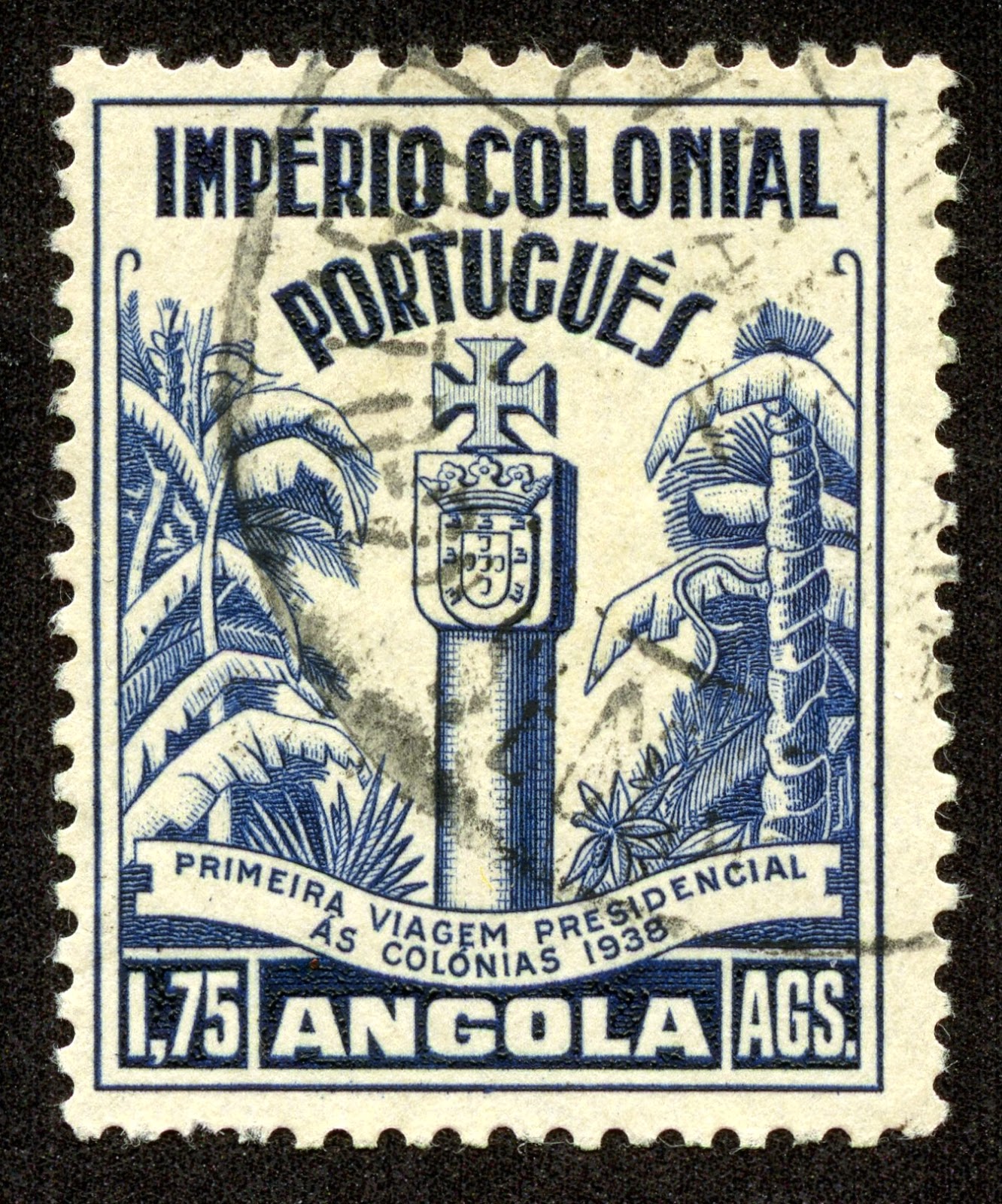









_-_Lakatoi,_Near_Elevala_Island.jpg)






































.svg.png)








.jpg)













































































